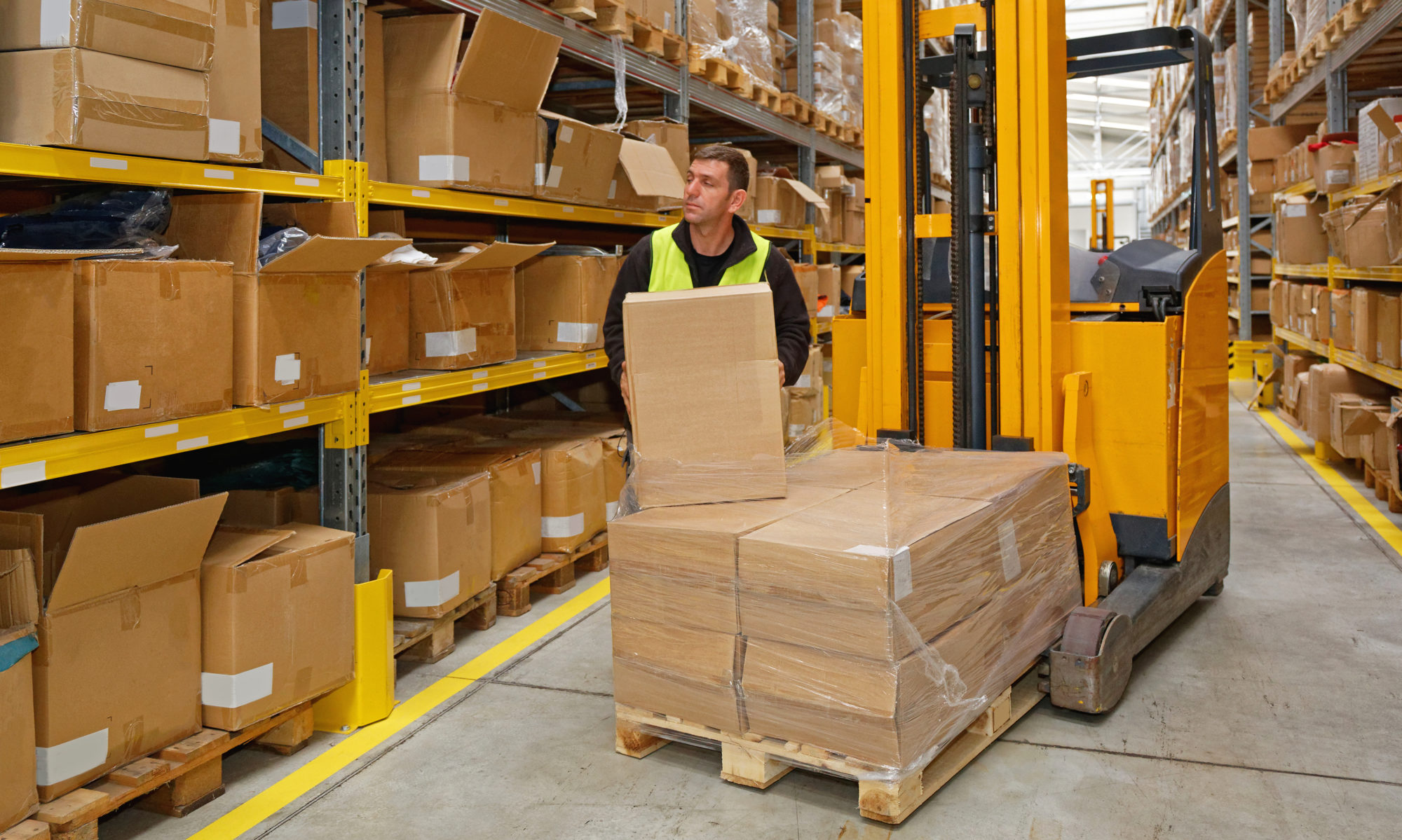I remember the exact moment the magic died. My online store, “Cats in Hats” (don’t judge, it’s a lucrative niche), was finally taking off. Orders were pouring in. My apartment, however, had transformed from a cozy living space into a cardboard box labyrinth with a faint, persistent scent of packing tape and catnip. I tripped over a stack of mailers on my way to the coffee machine and realized this wasn’t sustainable. This was a fire hazard with a purring soundtrack.
The solution seemed simple: I needed a fulfillment center. A magical place where my adorable, hat-wearing cat merchandise would be stored, picked, packed, and shipped by organized professionals. I pictured a serene warehouse, possibly with angels singing softly as they placed tiny fedoras on plush felines. The reality of finding this place was, to put it mildly, a journey into the heart of corporate jargon and confusion.
My search began, as all modern quests do, with a frantic Google search. “What is a fulfillment center?” was followed by “3PL for small business” and eventually, “help my apartment is a box fort.” The results were overwhelming. Every website was a sea of acronyms: 3PL, WMS, EDI, FBA… I felt like I was trying to decipher secret government codes, not find someone to mail a cat wearing a sombrero.
The Rabbit Hole of Rate Cards and Robot Overlords
Each company I investigated seemed to fall into one of two categories. First, there were the mega-corporations. Their websites were sleek, filled with videos of intimidatingly efficient robots gliding through warehouses the size of small nations. Their “contact us” forms felt like applying for a top-secret security clearance. I imagined my small inventory of felt berets getting lost in a sea of protein powder and subscription boxes, a tiny fish in an ocean of commerce.
Their rate cards were even scarier. They talked about receiving fees, storage fees (calculated by cubic foot, as if I knew the volumetric dimensions of a fluffy cat), pick-and-pack fees (per-item or per-order?), and something called a “long-term storage penalty.” I started having nightmares about an unpaid invoice leading to my entire inventory being launched into the sun. I just wanted someone to put my stuff in a box and mail it, not solve a complex calculus problem to figure out my monthly bill.
Then there was the other end of the spectrum. The “we’re two guys in a garage” operations. While the personal touch was appealing, their websites looked like they were designed in 1998. The lack of clear information or professional processes gave me visions of my orders being packed by a guy named Chad between rounds of video games. I needed reliability, not just a friendly dude who might misplace a box of tiny propeller beanies.
I was stuck. One side felt too big, too impersonal, and too expensive. The other felt too small and too risky. Where was the Goldilocks of fulfillment? Where was the company that was just right?
What I Really Wanted Was a Fulfillment Partner, Not a Vendor
Through the haze of confusing quotes and soulless corporate websites, I started to realize what I was truly looking for. I wasn’t just outsourcing a task; I was looking for a fulfillment partner to help my business grow.
I needed a team that would actually answer the phone. I wanted to talk to a human being who knew my name and understood that a sudden rush on “Formal Friday” top hats for tabbies was a good thing, not a logistical nightmare. I wanted someone who would treat my products with the same care I did. After all, I’d spent countless hours sourcing those miniature cowboy hats. They deserved respect.
Most importantly, I wanted transparency. No hidden fees, no confusing upcharges. Just a clear, straightforward process from a company that felt like they were on my side. I was starting to believe such a place was a myth, a legend whispered among burned-out Etsy sellers.
Finding the Medallion Family
Just as I was about to give up and accept my fate as the queen of a cardboard kingdom, I stumbled upon a company called Medallion Fulfillment & Logistics. The name sounded solid, dependable. But what really caught my eye was the phrase “family-owned and operated Fulfillment Center.”
Intrigued, I clicked. There were no videos of scary robots. Instead, I found information about a company that had been doing this for years. They talked about partnership, about treating their clients’ businesses as their own. It sounded… nice. It sounded human.
I learned they had two strategic Fulfillment Center locations, one in Los Angeles and another in Boston. This was a game-changer. I could split my inventory and reach my customers on both coasts faster and cheaper. My West Coast cat lovers could get their hats in record time, and so could my East Coast feline fashionistas. It was the reach of a big company with the feel of a local business.
Taking a deep breath, I filled out their contact form, half-expecting another automated email or a week of silence. To my surprise, a real person—a friendly, knowledgeable person—called me back that same day. They didn’t laugh at my “Cats in Hats” business model. In fact, they asked smart questions about my products, my order volume, and my goals. They explained their pricing in simple terms, walking me through every line item until I actually understood it.
There was no jargon, no pressure. It felt less like a sales call and more like a conversation with a wise, experienced friend who just happened to be an expert in logistics. They understood the anxieties of a small business owner because they were a family of business owners themselves.
I knew I had found my people.
Today, my apartment is an apartment again. My cats (the real ones) have room to roam without navigating a box maze. And my business? It’s thriving. My inventory is safe and sound in Medallion’s warehouses in Los Angeles and Boston, and my orders go out on time, every time. When I have a question, I know exactly who to call.
The search for a fulfillment center can feel like a lonely, confusing ordeal. But finding the right one, a team that genuinely cares about your success, makes all the difference. For me, that team was Medallion. They didn’t just give me warehouse space; they gave me peace of mind and became a trusted part of my “Cats in Hats” family.
This humorous post about a fictitious scenario, provides a real-world view of the struggle finding the right Fulfillment Partner that many business owners face.
Visit the Medallion Fulfillment & Logistics website to meet “your people”, the friendly and knowledgeable team at Medallion Fulfillment today.





